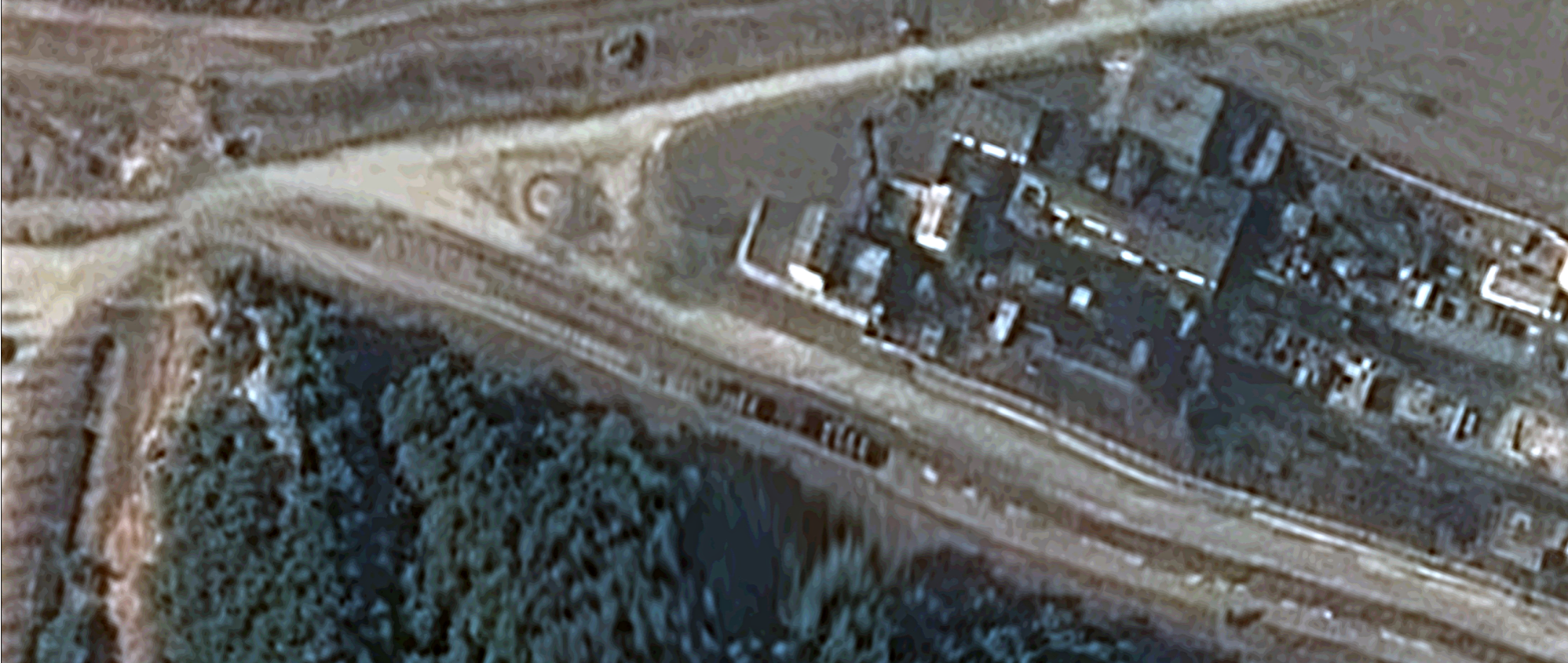
Yongbyon Update: February Movement of Radioactive Material?
Key Findings
- Satellite imagery acquired on February 10, 2020 shows the presence of three specialized railcars that have been associated with the movement of radioactive material in the past.
- The last observed presence of these railcars by Beyond Parallel was in November 2019.
- The size and number of the casks observed on the railcars suggest the outbound shipment of irradiated liquid or solid waste, disassembled but contaminated equipment or, potentially, the movement of fissile materials. A less likely alternative is the inbound shipment of radioactive material.
- It is unclear whether this activity is a carefully calibrated move by North Korea to maneuver international diplomatic tensions or related to North Korean statements during the past four weeks declaring that they will reveal a “Christmas gift” or a “new strategic weapon”.
- These findings underscore that the Yongbyon Nuclear Complex remains active and therefore would need to be part of any potential “phase one” deal involving a verifiable freeze on the program.

A satellite image of North Korea’s Yongbyon Nuclear Research Facility acquired on February 10, 2020 shows the presence of specialized railcars that have been associated with the movement of radioactive material in the past. Once again, these railcars are positioned on the track to the west of the Radiochemistry Laboratory that also serves the Uranium Enrichment Plant and reported Isotope/Tritium Production Facility. These railcars were not observed in imagery from February 9, 2020 and remain in the same location in imagery from February 11, 2020.
Although the clarity of the current image is not as good as previous images the three specialized railcars appear to consist of one approximately 13-meter-long depressed-center railcar with four casks, one approximately 10-meter-long flatcar with four casks and an approximately 10-meter-long railcar appears to be a either a flatcar or a flatcar carrying what may be a shipping container, large crate or similar sized load.1 This is consistent with our reports from April 18, 2019 and November 14, 2019.
Additionally, as noted in the earlier reports, while these specialized railcars have been associated with some previous reprocessing campaigns at the Radiochemistry Laboratory this does not appear to be true in all instances, nor is it true in the current situation. Exactly what type of radioactive material is being transported by these specialized railcars is unclear. The relatively small size and number of casks on these railcars suggest the outbound shipment of small quantities of irradiated liquid or solid waste, disassembled but contaminated equipment or, potentially, the movement of fissile material to facilities outside the Yongbyon area.2 An alternative, although apparently less likely, is the inbound shipment of radioactive material from a facility outside the Yongbyon area—the precise locations of any such external facilities are unclear.
It is unknown whether this current activity is a carefully calibrated move by North Korea to maneuver international diplomatic tensions, related to North Korean statements during the past four weeks declaring that they will reveal a “Christmas gift” or a “new strategic weapon,”3 the actual movement of radioactive materials (itself suggestive of continued highly enriched uranium [HEU] production), or a combination of the above.
References
- These lengths should be viewed as approximate resolution of the imagery is insufficient to more accurate measurements.
Depressed-center railcars are typically used for moving large or heavy loads and are not common on North Korea’s rail system.
It should be noted that the flatcar with a shipping crate railcar also bears some resemblance to an old transfer caboose, however, a determination of its exact configuration is not possible at present due to limitations in resolution. ↩
- It has also been suggested that these specialized railcars are delivering chemicals to be used in various conversion processes. This is unlikely, as in North Korea bulk chemicals are delivered by rail tanks cars, tanker trucks or cargo trucks with drums. ↩
- For example, Song Jung-a, “Kim Jong Un vows to unveil ‘new strategic weapon’,” Financial Times, January 1, 2020, https://www.ft.com/content/3b02ec66-2c5c-11ea-bc77-65e4aa615551 and Timothy W. Martin, “North Korean Leader’s Warning of New Weapon Signals Tougher Slog for Talks,” Wall Street Journal, January 1, 2020, https://www.wsj.com/articles/kim-says-north-korea-will-unveil-a-new-strategic-weapon-11577832679. ↩
